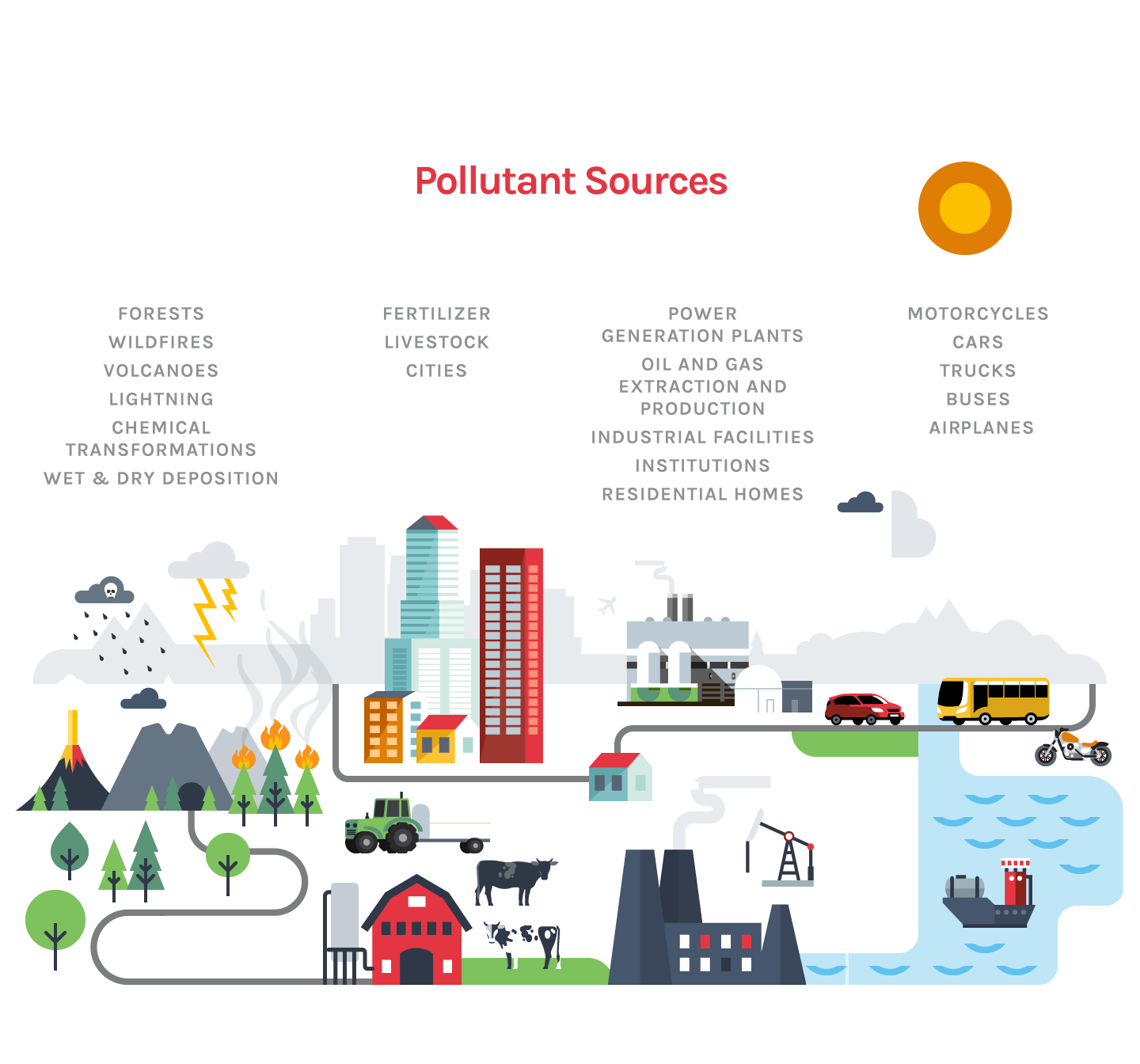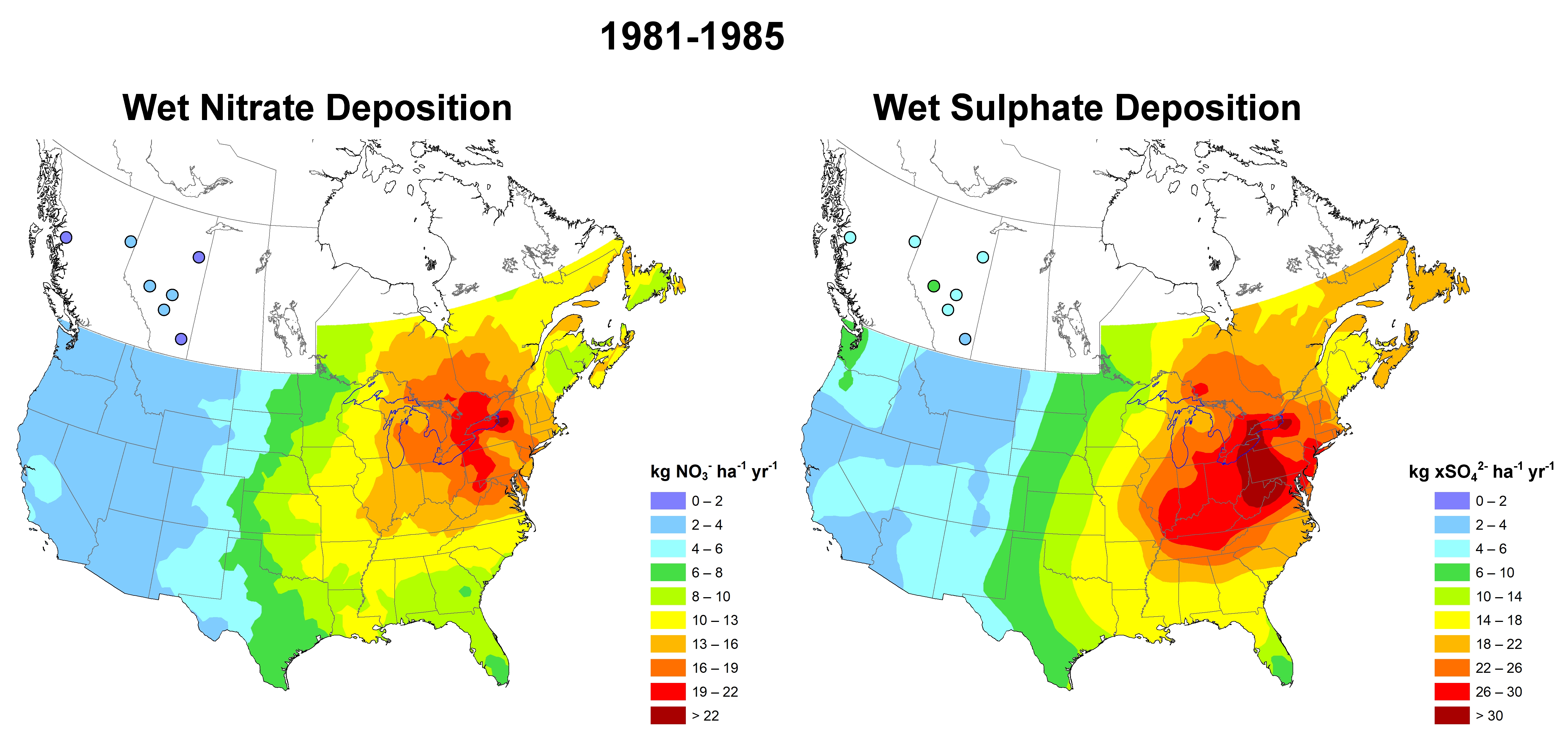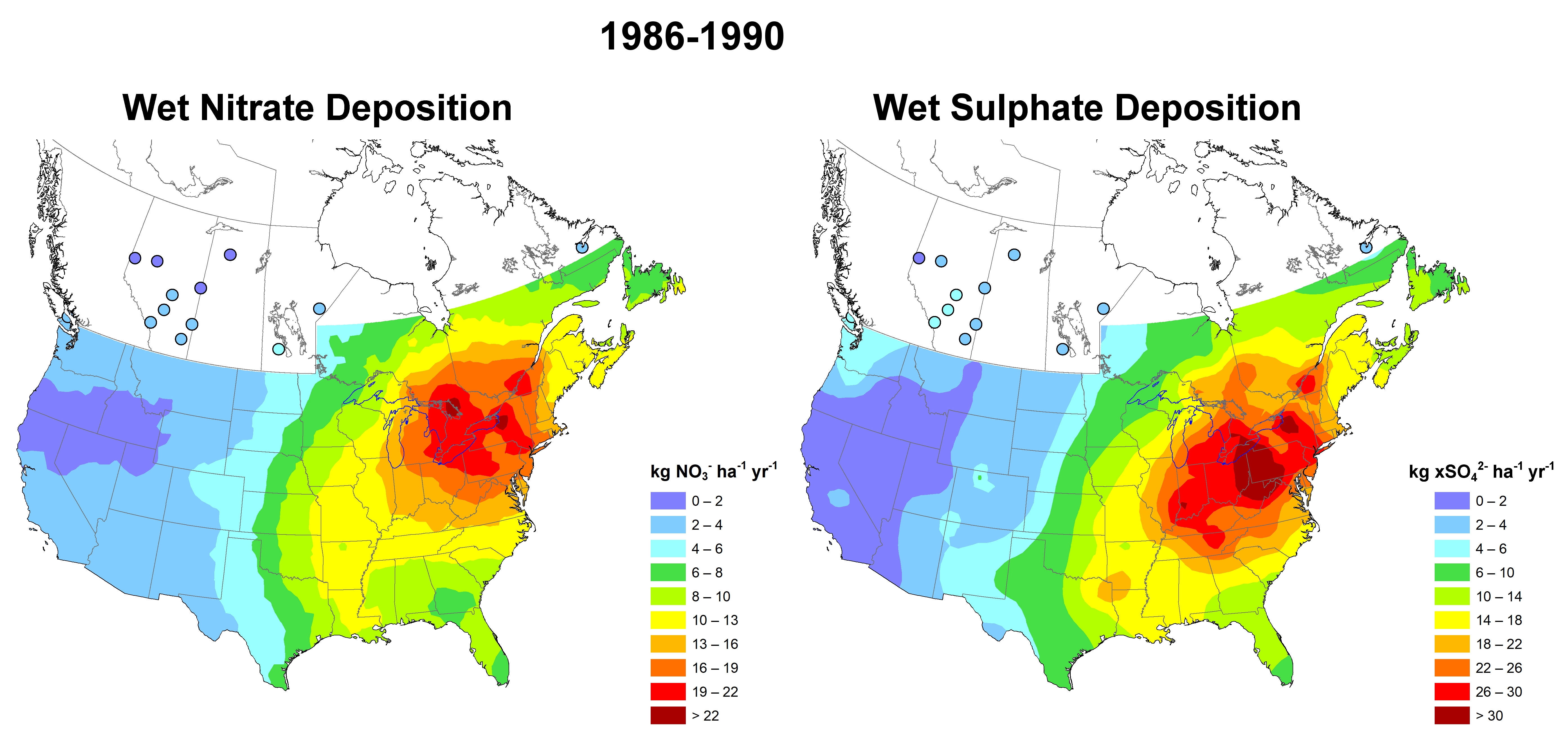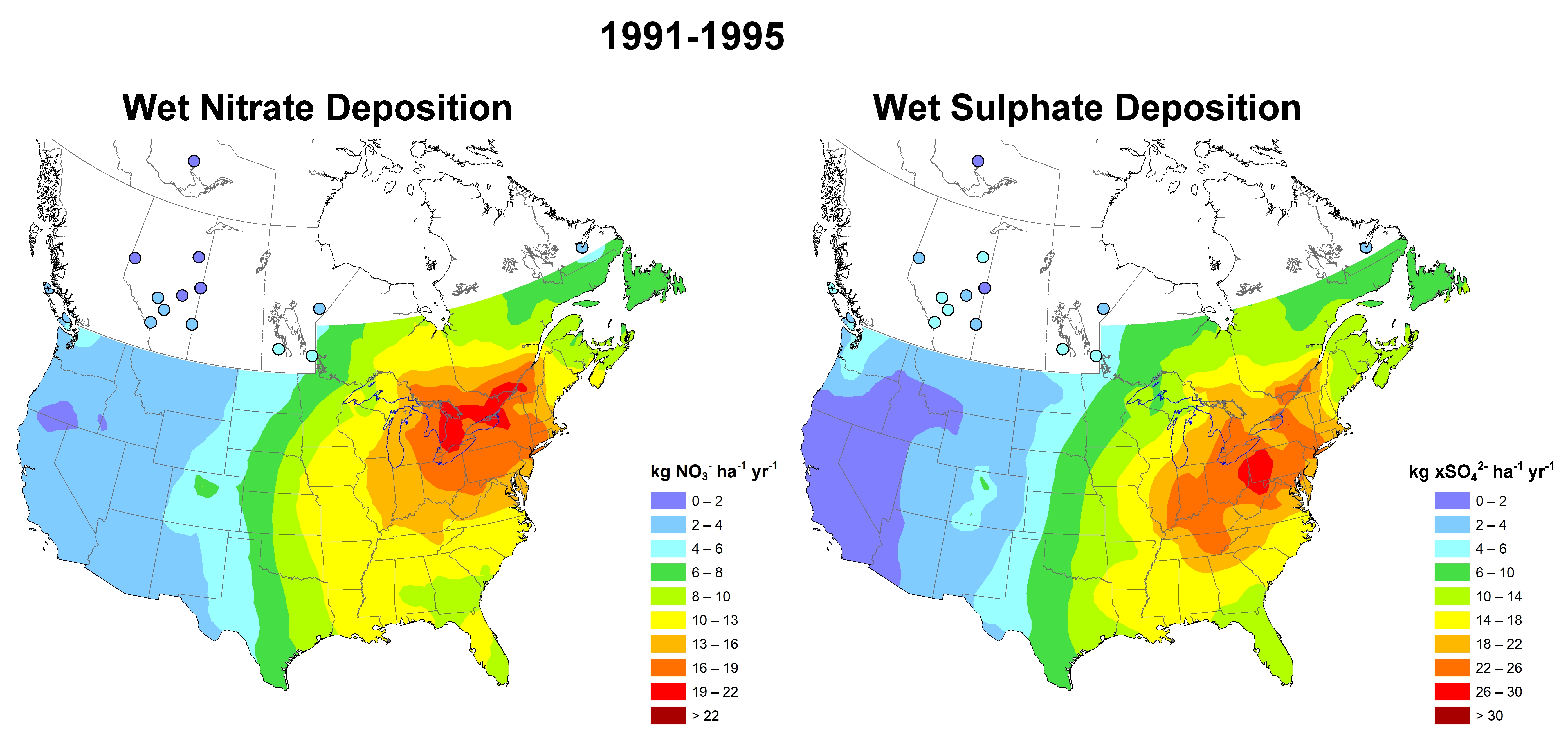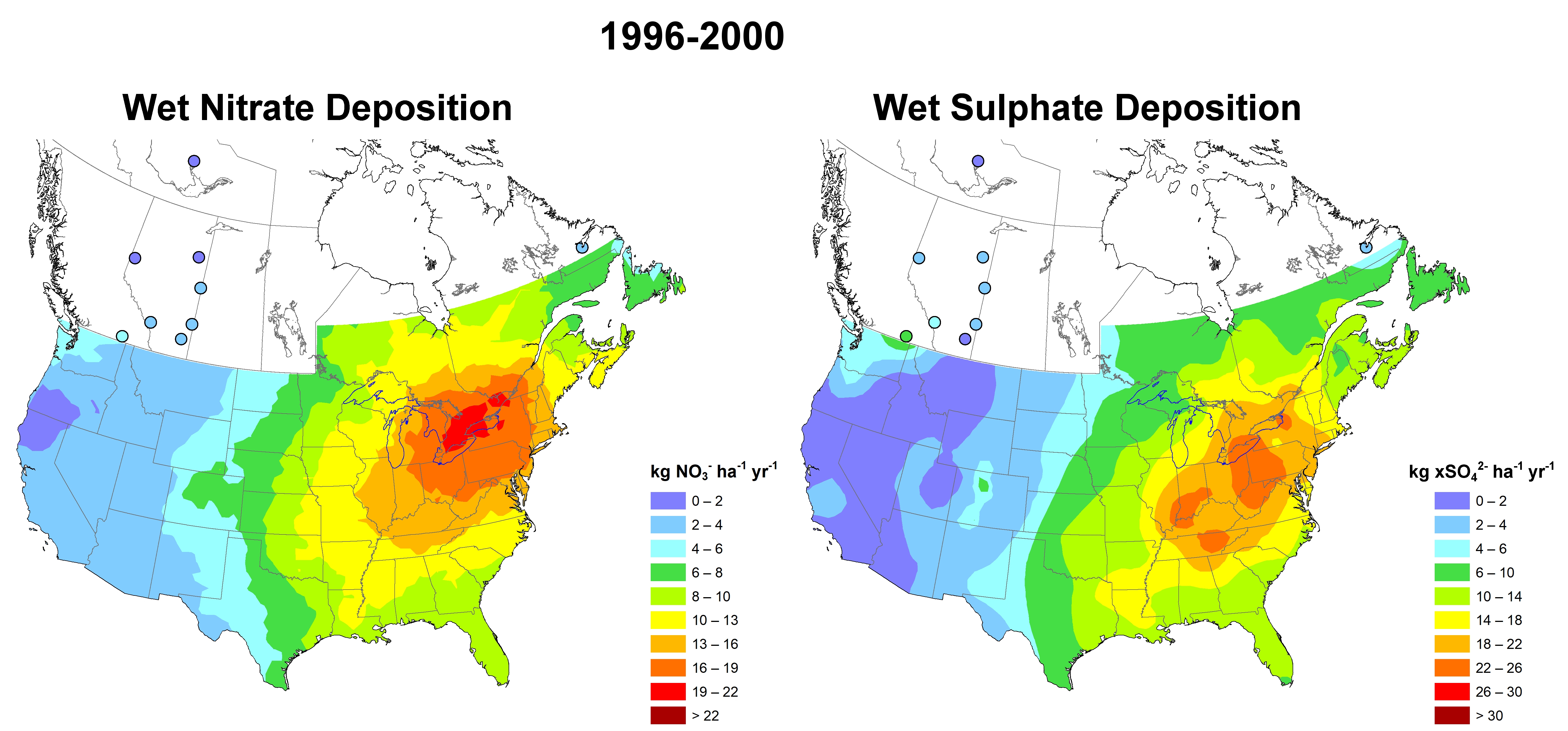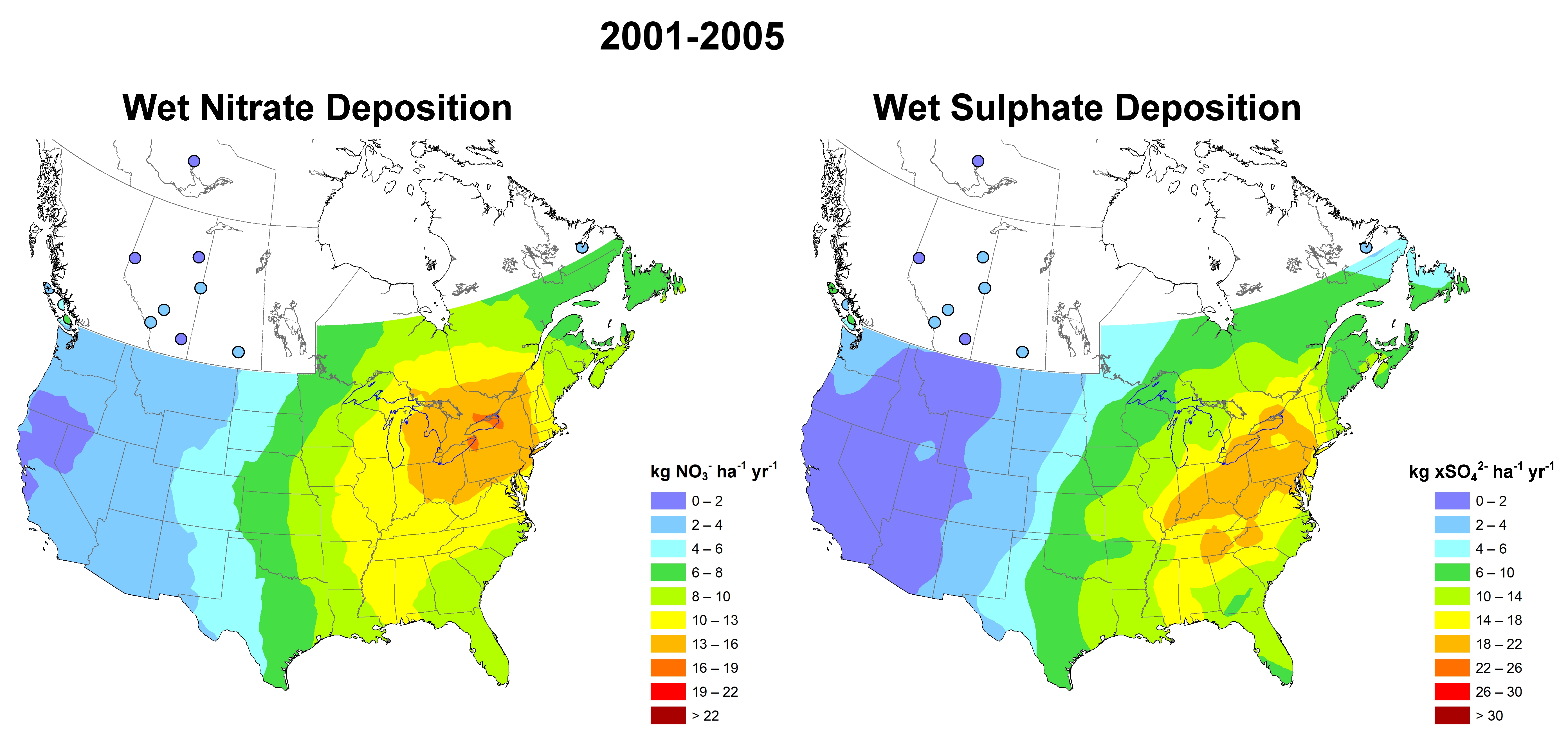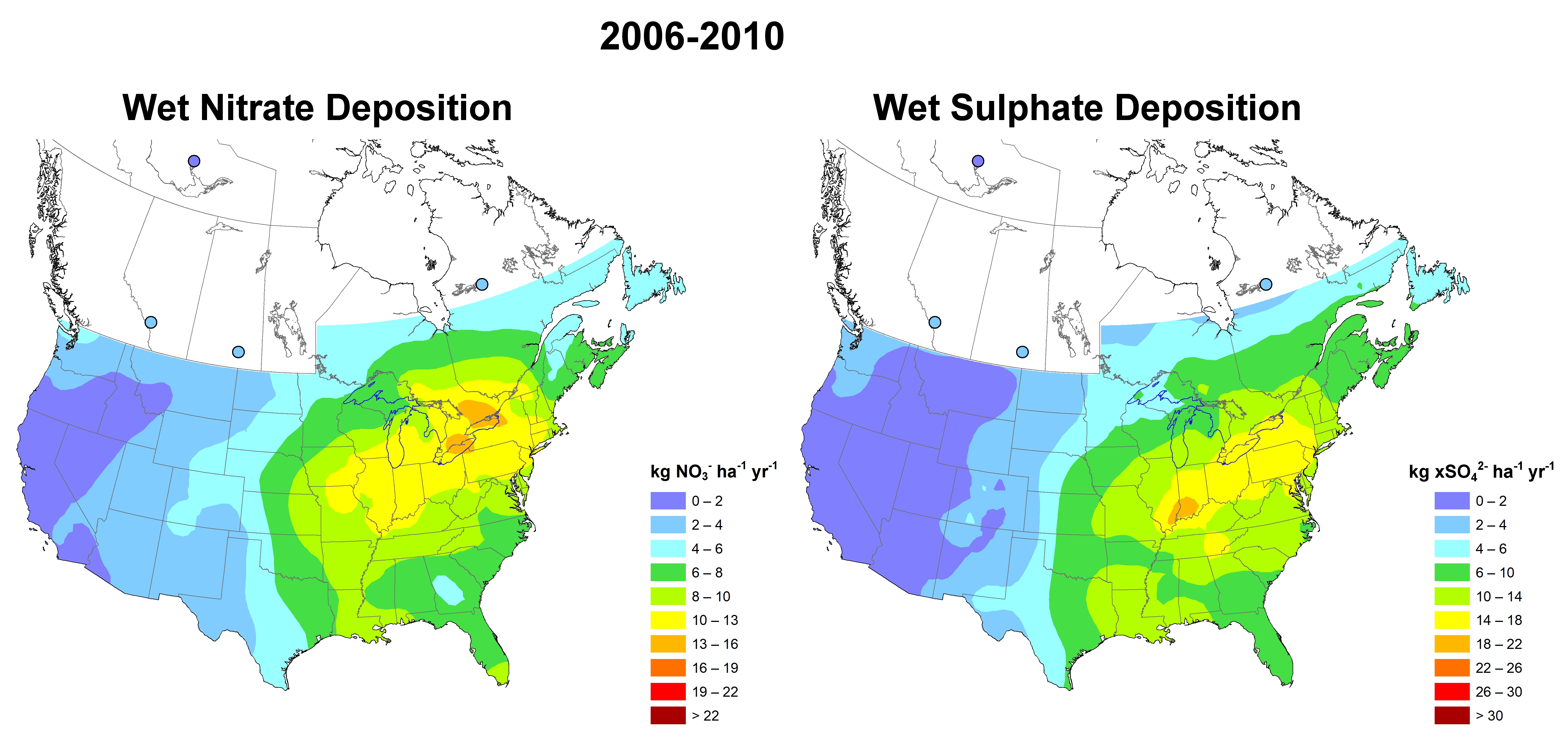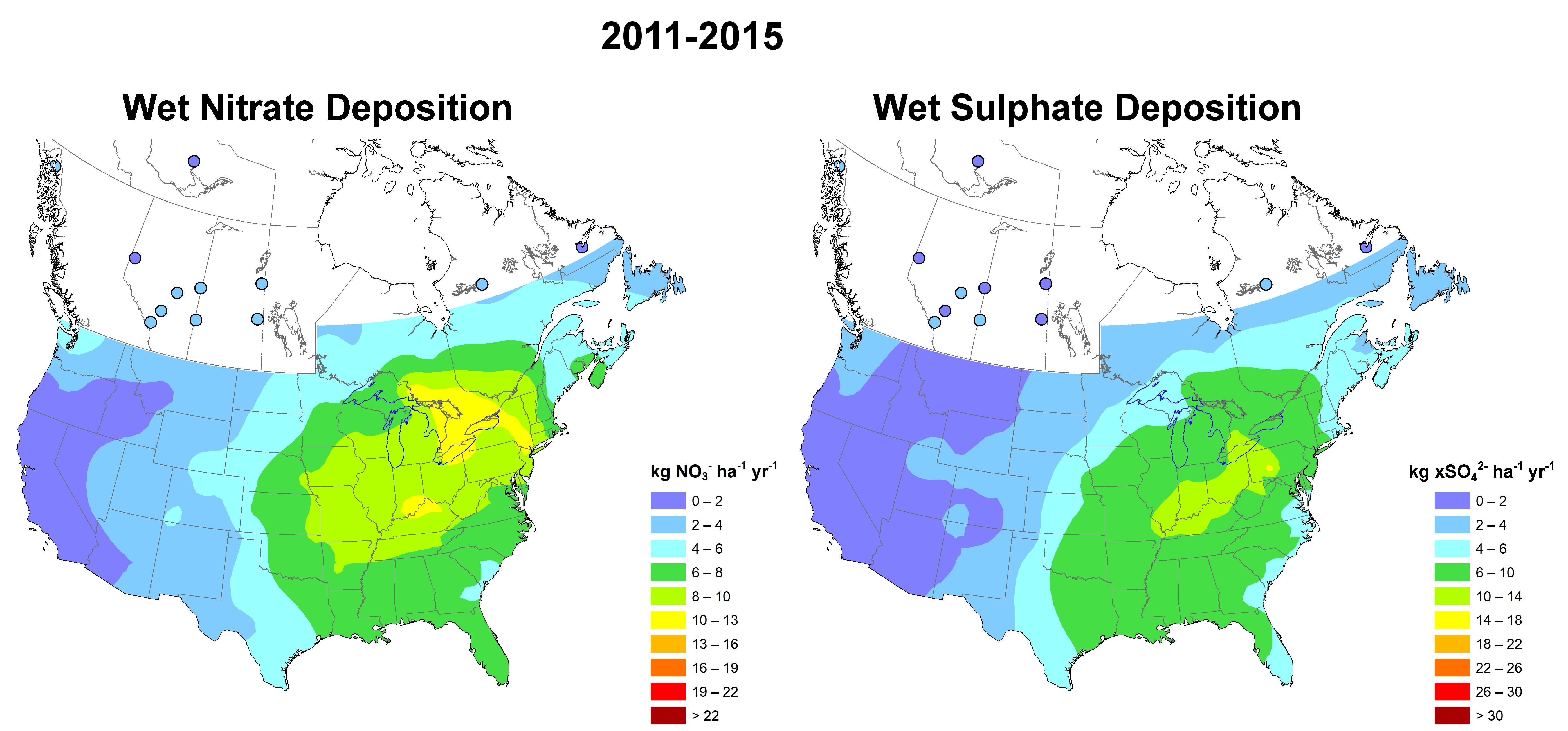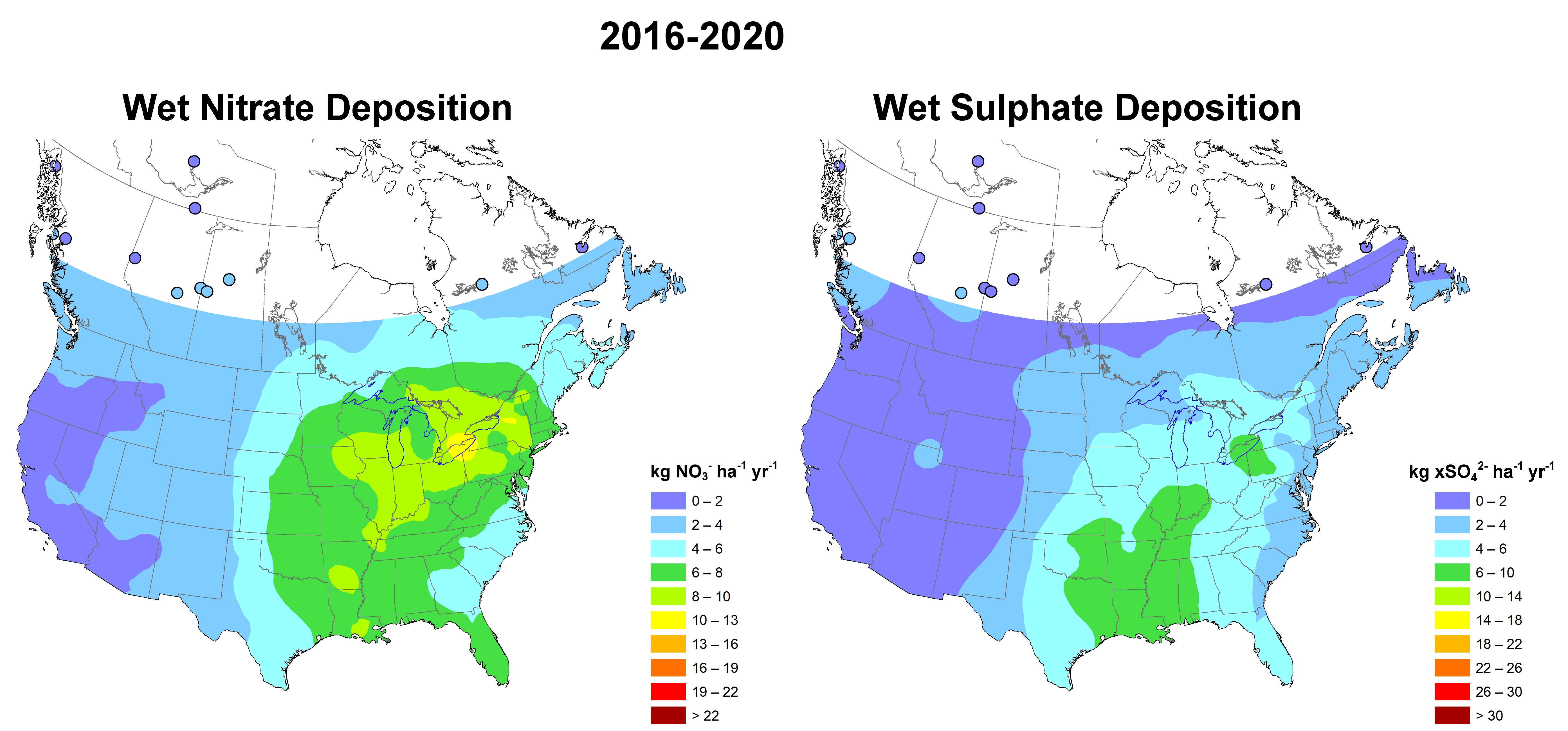Air Pollutants
The air pollutants included in this report are:
Particulate Matter (PM)
Particulate matter (PM), a major component of smog, consists of airborne particles in solid or liquid form. PM may be classified as primary or secondary, depending on the process that led to its formation. Primary PM is emitted directly into the atmosphere from a source, such as a smokestack or exhaust pipe, or from wind-blown soils or vehicle traffic on a dirt road. Secondary PM is formed in the atmosphere through a series of chemical and physical reactions involving gases such as sulphur oxides (SOx) and nitrogen oxides (NOx). PM exists in various sizes and the particles of most concern for human health are those with a diameter of less than 2.5 micrometres (PM2.5).
Ground-level ozone (O3)
Ground-level ozone (O3), is a colourless, odourless and highly irritating gas that forms close to the Earth’s surface. O3 is a major component of smog. In contrast to “primary” pollutants which are emitted directly into the atmosphere from a source, O3 is considered a “secondary” pollutant because it is formed through complex chemical reactions between nitrogen oxides (NOx) and volatile organic compounds (VOCs) in the presence of sunlight. While O3 at ground-level is a significant environmental and health concern, approximately 10 to 40 kilometres above the Earth's surface, there is a beneficial layer of stratospheric ozone which shields the earth from harmful ultraviolet radiation. Ozone is also a short-lived climate pollutant and also contributes to climate change.
Nitrogen dioxide (NO2)
Nitrogen dioxide (NO2) belongs to the oxides of nitrogen group of compounds (NOx) that are formed primarily through the burning of fossil fuels. While transportation sources represent over half of all emissions, energy production and industrial processes also emit significant amounts of NOx, mainly as Nitric Oxide (NO) and Nitrogen dioxide (NO2). NO2 at higher concentrations has a strong, harsh odour and can typically be seen over large cities as a brownish haze. Once formed, NO2 can combine with water molecules in the air to form compounds like nitric acid and nitrous acid. Ultimately, these compounds fall to earth through precipitation (such as rain, snow and fog) where they contribute to the acidification and eutrophication of ecosystems.
Sulphur dioxide (SO2)
Sulphur dioxide (SO2) is a colourless gas that smells like burnt matches. It belongs to a group of sulphur-containing gases called sulphur oxides (SOx). SO2 is emitted when fossil fuels or raw materials containing sulphur are burned or used in an industrial process like metal ore smelting or electric power generation. It can also be produced in large quantities during extraction and processing of fossil fuels. SO2 contributes to the formation of PM2.5 and smog, and when combined with water molecules in the air, it can form compounds like sulfuric acid, which eventually falls to earth as acid rain, snow and fog.
Volatile Organic Compounds (VOCs)
Volatile organic compounds (VOCs) are organic chemicals that easily turn to vapour under normal atmospheric conditions. When VOCs are exposed to sunlight, complex chemical reactions occur with NOx that lead to the production of O3 and fine particulate matter (PM2.5), two key components of smog. Smog is known to have adverse effects on human health and the environment. VOCs cover a wide range of chemicals including fumes from oil-based paint, household cleaning products, solvents and gasoline, as well as from some natural sources. Across Canada, the main human-related sources are related to the extraction of oil and gas, the use of paints and solvents, transportation, and home firewood burning.
Learn the difference between pollutant emissions and ambient concentrations:
Air emissions
Air emissions refer to the release of pollutants into the atmosphere from a source. A “source” can include industrial facilities, various types of transportation, home heating appliances and much more. Air emissions also come from natural sources, like forest fires and volcanoes. The quantity of emissions released from human activities vary depending on a number of factors, such as: changes in industrial output and processes, fuel types, pollutant reduction technologies and the economy.
Ambient concentrations
Ambient air concentrations refer to the amount of pollutants in a defined volume of air. These are usually expressed in parts per billion by volume (ppb) for gases and in micrograms per meter cubed for particulate matter. Ambient air quality reporting only considers outdoor air, with air monitoring stations located mostly in, or near, large communities where exposure takes place. Ambient air concentrations reflect and respond to changes in the quantity of emissions released and to changes in meteorology (wind speed, wind direction, temperature, precipitation, etc.).
Pollutant Sources
- FORESTS
- WILDFIRES
- VOLCANOES
- LIGHTNING
- CHEMICAL
- TRANSFORMATIONS
- WET & DRY DEPOSITION
- FERTILIZER
- LIVESTOCK
- CITIES
- POWER
- GENERATION PLANTS
- OIL AND GAS EXTRACTION AND PRODUCTION
- INDUSTRIAL FACILITIES
- INSTITUTIONS
- RESIDENTIAL HOMES
- MOTORCYCLES
- CARS
- TRUCKS
- BUSES
- AIRPLANES
